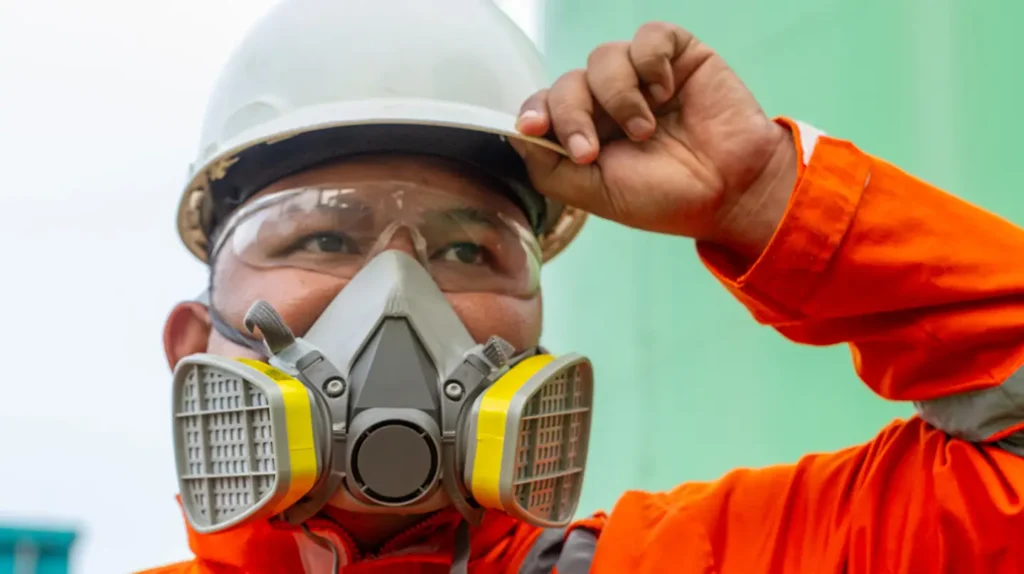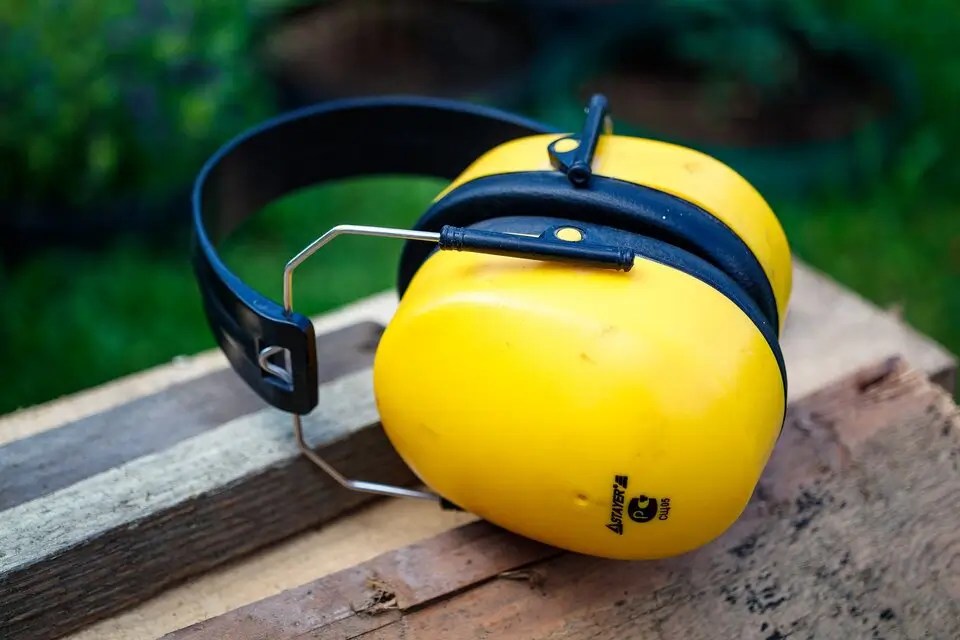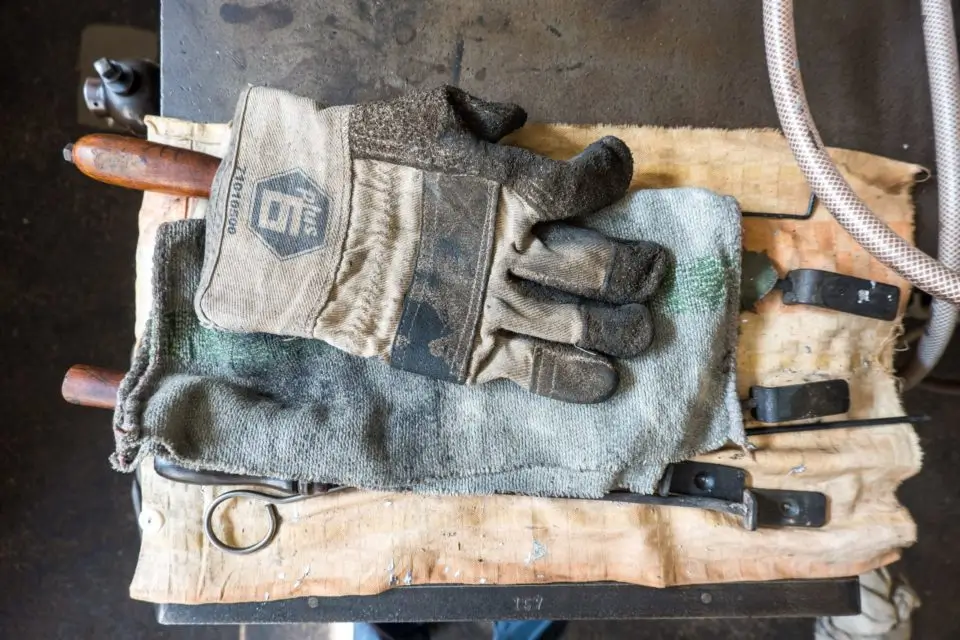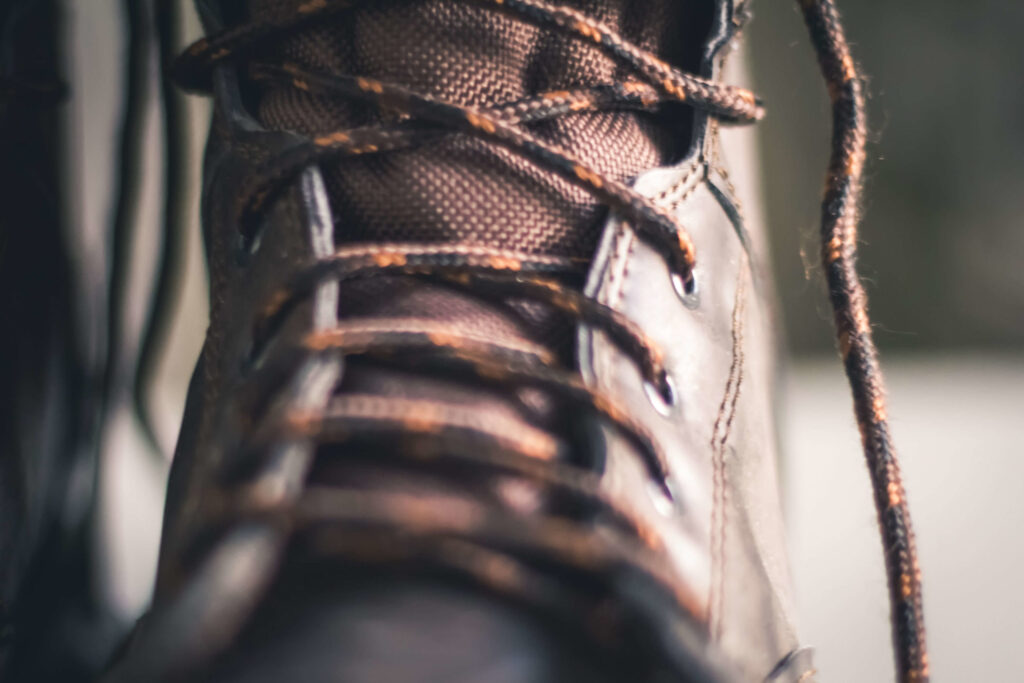
PPE Equipment: Protecting Concrete and Construction Crews on the Job
When it comes to concrete and construction work, safety isn’t optional. Every day, crews face risks from heavy machinery, flying debris, hazardous materials and more. PPE equipment is what stands between workers and potentially life-changing injuries. These important tools must be chosen with care — not only designed for the specific tasks a crew will take on, but fitted properly to the individual worker.
Gear that’s too loose, too tight or not built for the specific hazards of the job can be nearly as dangerous as having no protection at all — and as recent stats indicate, that can create real risk. The U.S. Bureau of Labor Statistics notes that 5,283 workers lost their lives on the job in 2023, with construction accounting for 1,075 of those deaths. Here, General Chipping’s concrete pros break down essential personal protective equipment (PPE) for today’s concrete and construction pros. Read on to learn what the gear is, how it helps and ways to ensure you’re sourcing the right PPE equipment for your crew and work.
Ensure Safer Work with Face, Breathing & Eye Protection
Although care should be taken to look after every aspect of a worker’s health and safety, the face, eyes and lungs are especially vulnerable. As such, they require special consideration. Dangers such as flying debris, airborne dust and caustic chemicals are common on job sites, and each can result in illness or injuries that have lasting repercussions. Proper face and eye protection, along with respirators when needed, can help keep crew members safe and healthy. Here are some tips for selecting the right gear.
- Safety Spectacles: This lightweight, comfortable eyewear looks like a simple pair of glasses, with frames that hook over the ears or strap around the head. They serve as go-to eye protection for a range of concrete and construction projects, safeguarding against hot temperatures and flying debris such as concrete chips. They can be customized with prescription lenses and tints/filters to better serve their users.
- Safety Goggles: Comprised of one large lens across the front or two “eyecups,” this eye protection creates a seal that protects the eyes, sockets and surrounding area against dangerous chemicals, dust and flying debris. Prescription lenses are available, as are vented models able to reduce fogging. Keep in mind, however, that ventilation may allow fine particles in.
- Face Shields: These clear or tinted shields cover the entire face and stay in place with specialized headgear or mounts that attach to hard hats. Face shields protect against hazards such as chemical splashes, heat and optical radiation associated with welding, and can safeguard against flying debris when paired with other PPE equipment. They come in a range of thicknesses, materials and tints, and some varieties offer lift-front windows.
- Respirators: Designed to filter harmful particles, respirators protect against cement dust and other airborne hazards common on concrete and construction sites. Options range from disposable N95 respirators to higher-rated reusable masks with replaceable filters. Fit is crucial, as even small gaps reduce effectiveness. Workers should complete a fit check before each use.

Hearing Protection: Keeping Noise Hazards in Check
Concrete and construction crews work in loud environments daily, and prolonged exposure to high decibel levels can damage inner ear fibers. This can lead to permanent hearing loss — a health issue that often isn’t evident until it’s too late. Having the right hearing protection can make a true difference. Here are some guidelines to help keep your team protected.
- Know Noise Thresholds on the Job: Hearing protection should be worn when noise levels reach 85 decibels (dB) or greater. Look ahead at your crew’s work schedule, pinpoint days where tasks are most likely to result in high noise levels and ensure your team is equipped with proper hearing protection for the work. Even better? Have crew members carry hearing protection with them to every job, so they’re always prepared.
- Choose Hearing Protection that is Right for Each Worker: Common options include foam earplugs that twist into the ear canal and expand, pre-molded plugs that fit snug to seal the ear canal and earmuffs that fit over the ear. A person should base their decision on the option that feels most comfortable while offering adequate protection against noise.
- Check Noise Reduction Ratings (NRR): NRR is a metric used to rate how effective various forms of hearing protection are at reducing noise. Hearing protection sold in the United States should have the NRR printed on the packaging. When purchasing earplugs or earmuffs, ensure they are rated to offer adequate protection for your work. To determine your exposure level, take the printed NRR number, subtract seven and divide it by two. For example, if the NRR is 29 dB, you’d subtract seven to get 22 — then divide for a final number of 11 dB. Subtract that number from the noise level on the job site to determine overall exposure levels.

Concrete Work Gloves: Protecting Your Most Valuable Tools
Your hands are your greatest tools on the job, which makes concrete work gloves a must-have piece of PPE equipment. Not only do they protect a worker’s hands, but they can also improve their grip on tools and equipment. Let’s discuss what to look for in the right pair.
- Chemical Resistance: Wet concrete can reach a pH of 13, making it strong enough to eat through clothing, burn the skin and result in serious injury. Opt for waterproof, alkaline-resistant gloves.
- Durability and Flexibility: A puncture in a crew member’s work glove has the potential to lead to cuts and burns, since the full hand is no longer protected. Seek out concrete work gloves that are strong on the outside but still allow for necessary movement. Nitrile gloves are three to four times stronger than natural rubber and still allow dexterity, making them a quality option.
- Impact Protection: Gloves with added padding or shock absorption reduce the risk of long-term hand injuries. They provide enhanced protection against issues such as flying concrete, hammer blows or vibrations related to pneumatic tool use.
- Proper Fit: Ill-fitting gloves can snag, puncture or limit dexterity. Always match glove size to the worker’s hand.

Work Boots: A Solid Foundation for Job Site Safety
From toe protection to slip-resistant soles, the right work boots keep crews both literally and figuratively grounded. Construction sites introduce countless hazards for feet, making footwear one of the most important investments a worker can make. Consider these factors when choosing work boots.
- Toe Protection: Steel and alloy toes provide maximum durability but can add weight. In addition, the metal’s can leave toes cold in winter weather. Composite toes offer lighter, non-conductive protection ideal for cold conditions or magnet-sensitive work, although they tend to be more expensive and more prone to punctures. Whichever toe protection you choose, be sure it is ASTM-rated. This ensures it offers impact and compression resistance.
- Sole Selection: Rubber outsoles provide the traction needed for both wet and dry conditions, helping prevent slips, trips and falls.
- Fit and Comfort: Poorly fitting boots can hurt and create trip hazards. Always try on boots with the socks you’ll wear at work and allow for a break-in period.
- Job-Specific Features: Consider insulation for cold weather, waterproofing for wet environments or puncture-resistant plates if working around sharp debris.
Concrete and construction work will always involve risk, but those risks become more manageable when crews have access to the right PPE equipment — and the knowledge to use it effectively. If you have questions about job site safety, or if you’re interested in learning more about our safety-first approach to concrete chipping, silo cleaning and central mixer cleaning work, feel free to reach out at any time. We’re here to help and ready to keep you ready to roll.
